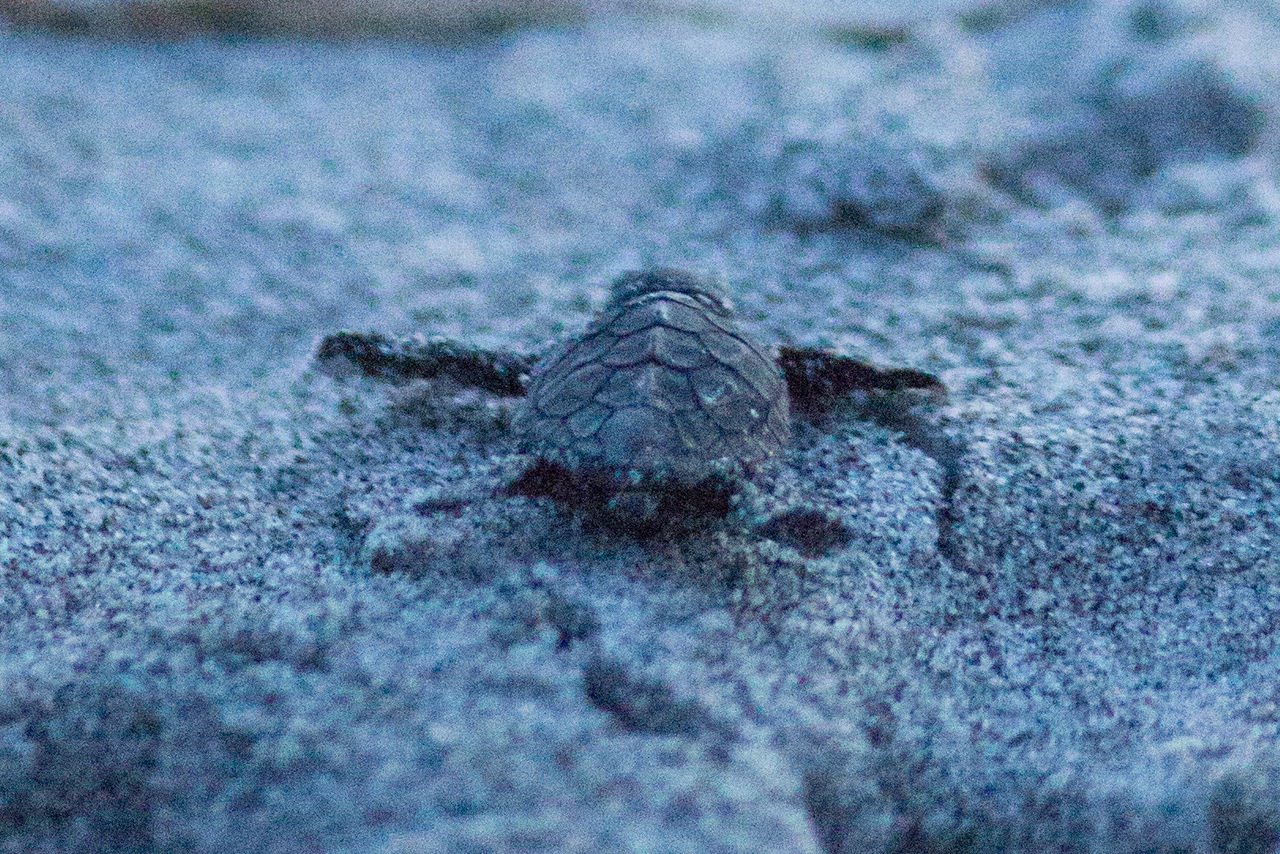The First Sea Turtle Nests of 2024 Have Arrived
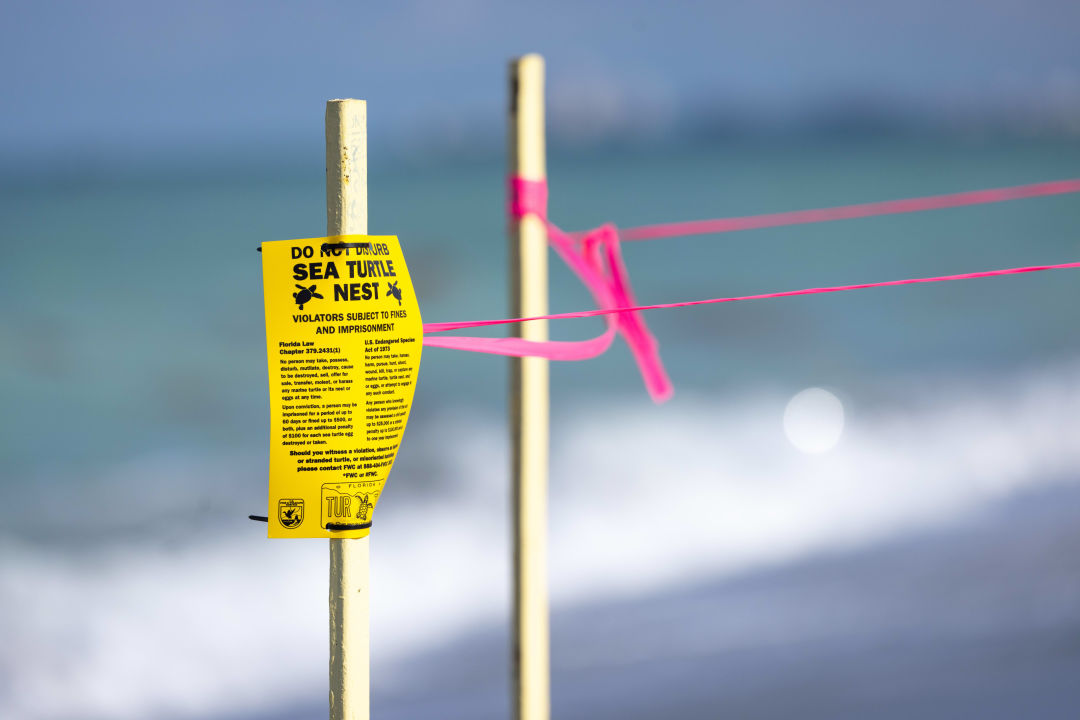
Image: Courtesy Photo
Mote Marine Laboratory’s Sea Turtle Conservation and Research Program (STCRP) documented the first local sea turtle nest of the 2024 nesting season on Sunday, April 28, on Venice Beach in South Sarasota County. This marks the beginning of a crucial period for sea turtle conservation.
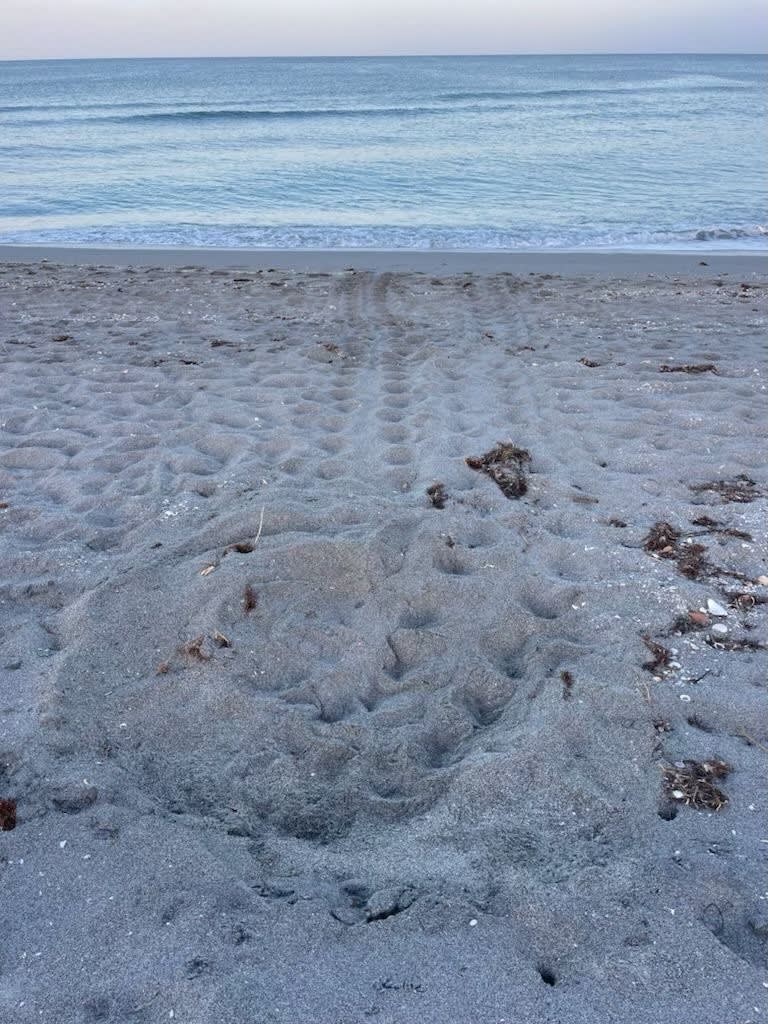
Image: Courtesy Photo
From April 15 to October 31, Mote's Sea Turtle Patrol—comprised of STCRP staff, interns and more than 300 volunteers—conducts daily monitoring throughout the nesting season. Each day, they diligently survey a staggering 35 miles of beaches, from Longboat Key to Venice.
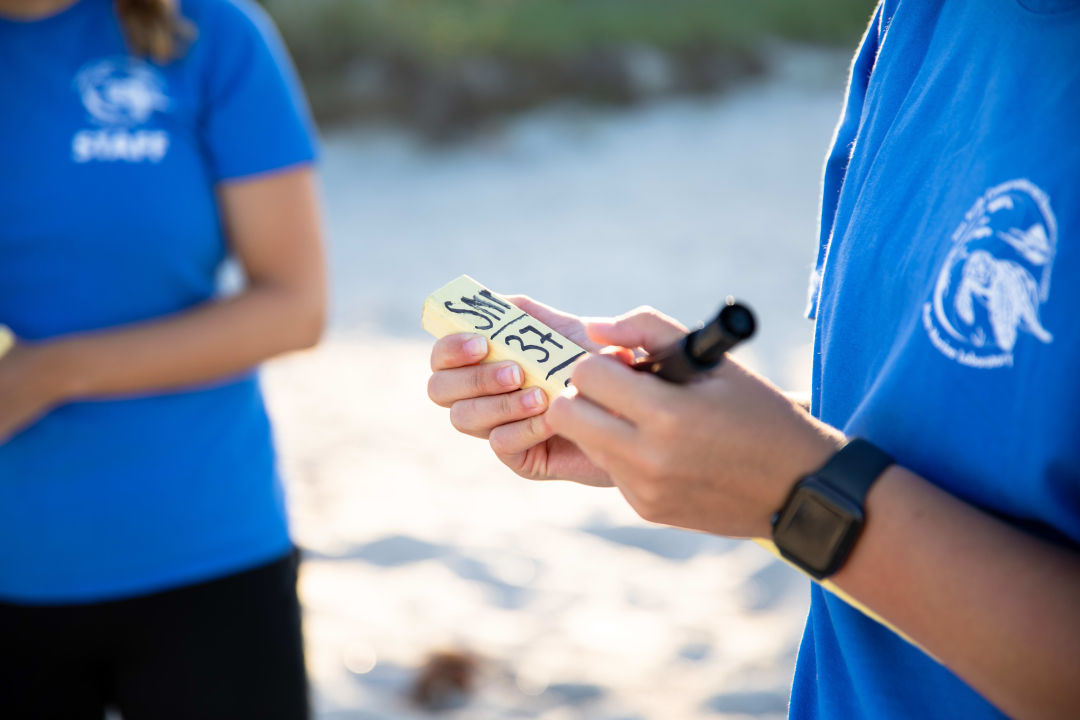
Image: Courtesy Photo
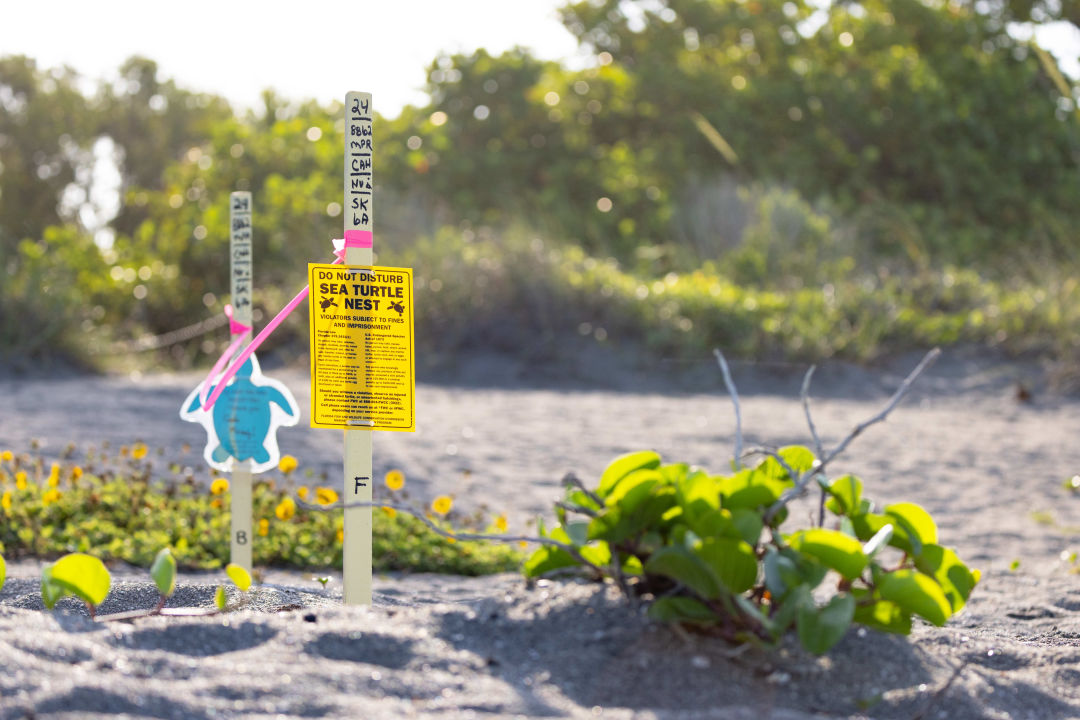
Image: Courtesy Photo
“Even though sea turtle nesting season isn’t officially supposed to start until May 1, we like to be prepared and patrol early to make sure we catch the first signs of nesting on our beaches,” says Melissa Macksey, Mote senior biologist and STCRP's conservation manager. “Our enthusiastic volunteers and interns make patrolling 35 miles of beaches possible. We could not do it without them. They are the reason we were able to catch this early nest.”
The first nest was laid by a loggerhead sea turtle, a threatened species protected under federal law. Loggerheads are the most common species of sea turtle on southwest Florida nesting beaches, followed by endangered green sea turtles. In recent years, Sarasota County beaches have also been home to a handful of endangered Kemp’s ridley turtles, which are among the smallest and rarest sea turtles.
During nesting season, the STCRP documents nesting activities, which allows them to analyze trends, phenological shifts (timing of nesting events in relation to the seasons), nesting density (the number of nests in a given area), emergence success (the number of eggs in a nest that produces live hatchlings that surface), environmental impacts, effects of nest site selection and more. As it has for the last four decades, the STCRP will mark each nest with yellow stakes and flagging tape while observing and collecting data.
And here's some good news: Mote’s research shows that nest numbers have increased on local beaches in recent years. In 2023, Mote reported 4,284 nests from Longboat Key to Venice. The public can view Mote’s weekly counts of sea turtle nests within the patrol area here.
“Now that we have identified the first nest of the season, we implore beachgoers to be conscious of the sea turtles while enjoying Florida’s unparalleled beaches,” says Macksey. “There are many simple ways to help protect sea turtles and their nests. Hatchlings will have a better chance at surviving if everyone does their part.”
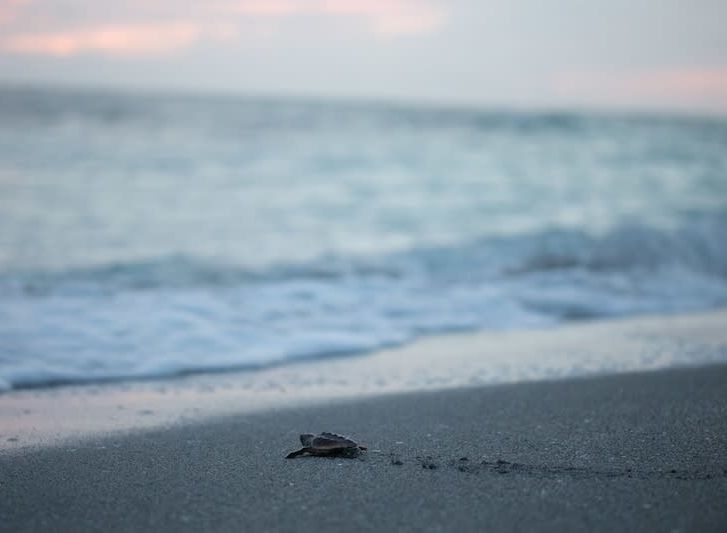
Image: Courtesy Photo
How to Protect Sea Turtles
During nesting season, it is important to keep local waters and beaches sea turtle friendly.
Sea turtles are swimming just offshore to mate before the females come ashore to nest, juvenile turtles are feeding along the Gulf Coast, and by early summer the first hatchlings will venture into Gulf waters.
On the nesting beaches, light from waterfront properties can disorient nesting female turtles and their young, who emerge at night and use dim natural light to find the sea. Beach furniture, trash and other obstacles can also impede sea turtles and their young.
On the Beach
-
If you encounter a nesting turtle or hatchlings, remain quiet and observe from a distance.
-
Shield or turn off outdoor lights that are visible on the beach from May through October.
-
Close drapes after dark and stack beach furniture at the dune line or, ideally, remove it from the beach.
-
Fill in holes that may entrap hatchlings on their way to the water
Do Not:
-
Do not approach nesting turtles or hatchlings, make noise, or shine lights at turtles.
-
Do not use flashlights or fishing lamps on the beach.
-
Do not encourage a turtle to move while nesting or pick up hatchlings that have emerged and are heading for the water.
-
Do not use fireworks on the beach.
For more details, please refer to local sea turtle ordinances, including Sarasota County’s marine turtle protection code (which includes Lido, Siesta, Casey, and Manasota Keys), the City of Venice marine turtle protection ordinance, and the Town of Longboat Key marine turtle protection ordinance. An updated Longboat Key ordinance took effect in 2022. For questions about any sea turtle code or ordinance, contact code enforcement staff from each municipality.
On the Water
-
Follow Coast Guard-approved safe boating guidelines and use vigilance to avoid striking sea turtles and other large marine life.
-
Be sure to stow trash and line when underway. Marine debris that accidentally blows overboard or out of a truck can become ingested by or entangled around marine life.
-
Wear polarized sunglasses to better see marine life in your path.
Emergency Contacts
If you see a sick, injured, or stranded sea turtle, dolphin, or whale in Sarasota or Manatee county waters, contact Mote Marine Laboratory’s Stranding Investigations Program at (888) 345-2335. Outside of Sarasota or Manatee counties, please call the Florida Fish and Wildlife Conservation Commission (FWC) at 888-404-FWCC (3922).
If you suspect that someone is tampering with a sea turtle nest, harassing a sea turtle, or has possession of a sea turtle or any of its parts, please call FWC or your local sheriff’s department.
Sea turtles are protected under federal law and any harassment or interference with a sea turtle, living or dead, their eggs and/or nest marking materials is subject to penalty.



